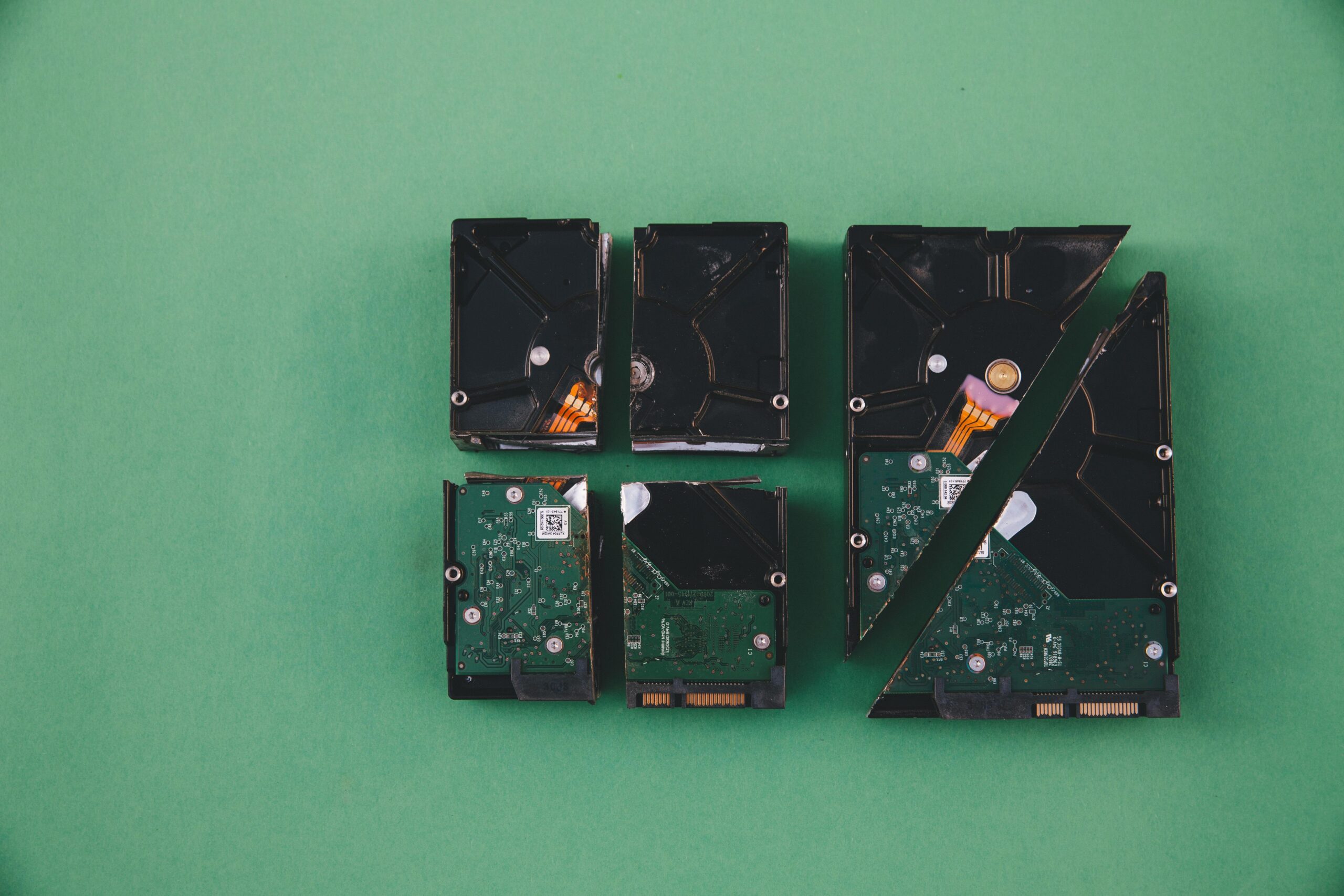Ever wondered if your sleek smart couch could outlast its tech upgrades without turning into e-waste? Shockingly, 80% of discarded furniture ends up in landfills—much of it packed with non-recyclable electronic components. As smart furniture carves out its place in modern homes, recyclability isn’t just a buzzword; it’s a must-have.
In this article, we’re diving deep into the world of recyclable components in smart furniture. From solving the problem of growing e-waste to guiding you step-by-step on identifying eco-friendly designs, you’ll learn how to future-proof your home with sustainable tech that doesn’t cost the Earth. Stay tuned for takeaways, tips, and even some brutal honesty about greenwashing!
Table of Contents
- Key Takeaways
- The Growing Problem of Smart Furniture Waste
- How to Identify Smart Furniture with Recyclable Components
- Tips for Sustainable Smart Furniture Shopping
- Case Studies in Recyclable Smart Furniture
- FAQ: About Smart Furniture Recyclability
- Conclusion
Key Takeaways
- Recyclable components reduce environmental impact while boosting brand reputation.
- Look for certifications like Cradle to Cradle when shopping for sustainable smart furniture.
- Avoid products using bonded materials (like glued plastics) as they hinder recycling.
- Modular design is key to extending lifespan and enabling easy upgrades.
- Beware of greenwashed marketing claims without transparent proof of recyclability.
The Growing Problem of Smart Furniture Waste

Let me tell you about my epic fail in sustainability—I once bought an “eco-friendly” charging desk only to realize later its core was made of glued particleboard wrapped in plastic. The horror! It went straight to the trash after two years because I couldn’t upgrade or recycle it.
Smart furniture blends traditional craftsmanship with cutting-edge technology—but what happens when those components die? According to research, Americans toss around 12 million tons of furniture annually, contributing significantly to global waste.
“Optimist me says, ‘We can fix this by choosing smarter materials!'”
But grumpy me reminds us that not all companies are honest about their product’s true recyclability.
How to Identify Smart Furniture with Recyclable Components

So, how do you spot furniture designed with recyclability in mind? Here’s your step-by-step guide:
- Check Certifications: Look for labels such as Cradle to Cradle or Forest Stewardship Council (FSC). These guarantee sustainable sourcing and end-of-life recyclability.
- Examine Material Composition: Avoid items with mixed-material bonds (e.g., foam fused to metal frames). Opt for single-material builds or modular assemblies.
- Research Brand Transparency: Does the manufacturer provide detailed breakdowns of each component? Transparency equals trust.
- Prioritize Modular Designs: Pieces built with interchangeable parts ensure longevity since you can swap out broken modules rather than replacing the entire unit.
- Ask About EOL Policies: Ethical brands will often have programs for taking back old units to recycle them responsibly.
Note: One terrible tip floating online suggests ignoring certifications altogether—a recipe for disaster and an express ticket to regretville.
Tips for Sustainable Smart Furniture Shopping

Ready to upgrade your space sustainably? Keep these golden rules handy:
- **Buy Less, Choose Wisely:** Invest in timeless pieces that won’t go obsolete within months.
- **DIY Where Possible:** Upcycle existing furniture instead of purchasing new high-tech models.
- **Shop Local:** Support local artisans who prioritize eco-design over mass production.
- **Audit Your Needs:** Ask yourself, “Do I really need a Bluetooth-enabled ottoman?”
- **Demand Accountability:** Contact manufacturers directly if unclear about their sustainability practices.
Rant time: Nothing drives me crazier than companies slapping “green” stickers on poorly designed junk. If there’s no real plan for disassembly and reuse, it’s just another gimmick.
Case Studies in Recyclable Smart Furniture
Tech giant IKEA recently launched a line called “Tomorrow Today,” featuring sofas embedded with sensors monitoring posture—all built from biodegradable polymers. Meanwhile, startup *Blokable* offers customizable shelving units where every element can be disassembled and repurposed.
The result? Increased customer loyalty and reduced carbon footprints. Sounds like progress humming along smoothly.
FAQ: About Smart Furniture Recyclability
- What makes a material “recyclable”?
Materials are considered recyclable if they can be processed post-use into raw forms for new products. - Can smart furniture ever truly be zero-waste?
While challenging, yes—if crafted entirely from renewable resources and fully modular construction methods. - Is recycled wood durable enough for smart furniture?
Absolutely, especially when treated correctly and paired with robust reinforcement techniques.
Conclusion
Remember: Choosing smart furniture with recyclable components isn’t just good karma—it’s a game-changer for our planet. By following these strategies and staying vigilant against greenwashing, you can make wiser investments that last.
And hey, think of it like nurturing a Tamagotchi—regular care today means thriving ecosystems tomorrow.


